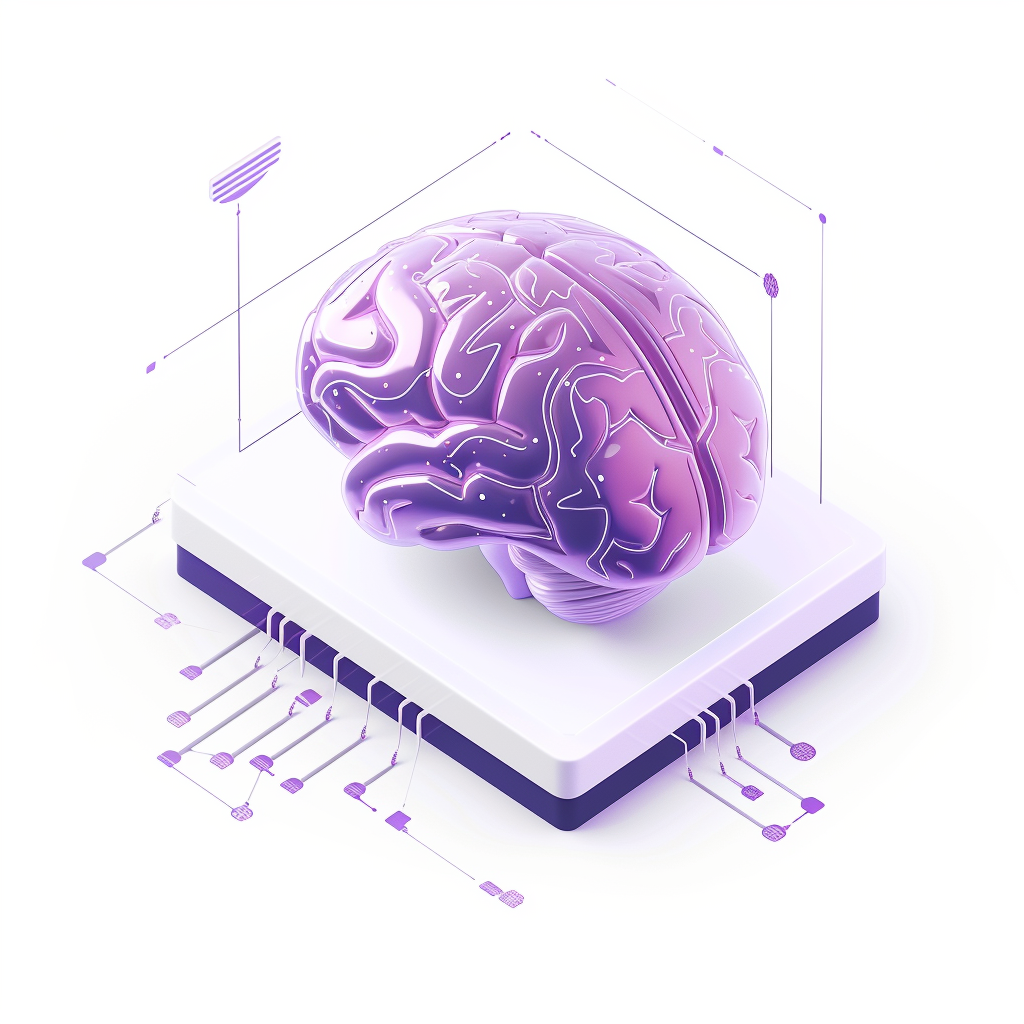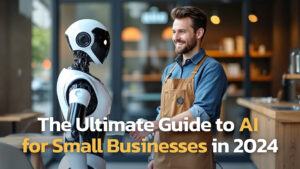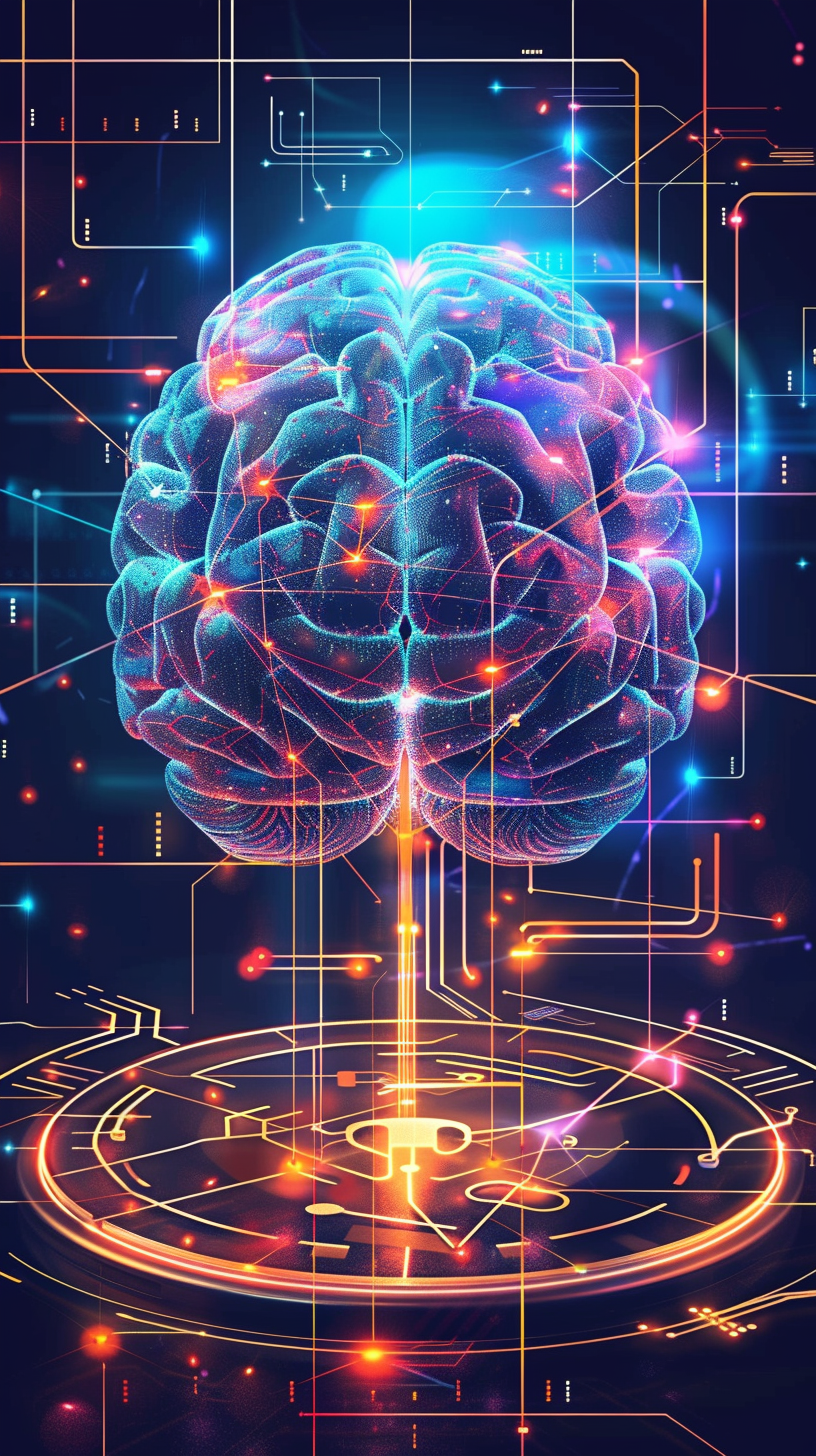Imagine talking to an AI that not only understands what you’re saying but also knows you, remembers your past chats, and even suggests ideas before you even ask for it. That’s not a scene from a sci-fi movie anymore. With GPT-5, we’re stepping into a new era of artificial intelligence that feels almost like a human.
This technology is redefining how we interact with machines, making every conversation more personalized and intuitive than ever before. Let’s dive into the wild speculations of what we can expect from GPT-5.
Advanced Reasoning Capabilities
GPT-5 is anticipated to mark a significant advancement in AI technology, potentially pushing the boundaries of what is currently achievable with enhanced reasoning abilities. Unlike its predecessors, GPT-5 is expected to tackle complex challenges head-on, possibly making it a transformative force in the world of artificial intelligence. Its advanced capabilities are believed to allow it to understand and analyze complicated scenarios more efficiently, potentially paving the way for smarter, more reliable solutions.
One of the standout features of GPT-5 could be its ability to make educated guesses. This means it might offer accurate predictions and solutions, even when information is limited or ambiguous. Its capacity to sift through vast amounts of data and draw logical conclusions could be unparalleled, potentially setting a new standard for AI dependability.
The true power of GPT-5 might lie in its robust reasoning capabilities. Here’s what could set it apart:
- Superior problem-solving skills that may address complex challenges with ease,
- Enhanced guesswork based on logical deductions, potentially making for smarter, predictive analytics, and
- A significant leap in providing precise answers, likely surpassing its predecessors. With GPT-5, users might expect a reliable and insightful AI interaction experience.
Expanded Context Window
The introduction of GPT-5 is poised to be a game-changer, especially with its expanded context window. This leap forward means GPT-5 could digest and understand extensive amounts of text or data unparalleled in scale. Imagine processing entire novels, legal documents with hundreds of pages, or programming codes with tens of thousands of lines with ease; a capability set to redefine efficiency in several professional landscapes.
This enhancement enables GPT-5 to excel in fields that demand a deep understanding of large text volumes or complex data sets. For instance:
- In legal sectors, reviewing and comprehending vast contracts or case files becomes instantaneous.
- Programmers could leverage GPT-5 to analyze and debug extensive codes more effectively.
- Creative professionals might produce or understand complex narratives, akin to full-length movies, without compromising on detail or subtlety.
- We could witness rise of autonomous agents that will be able to tackle large amount of work without any guidance.
User Personalization
The leap to GPT-5 is anticipated to represent a pivotal moment for AI, particularly in how it approaches personalization. This iteration could be engineered to remember user preferences, a feature that might promise to make digital interactions more akin to a two-way conversation. Imagine an AI that not only recognizes you but also adapts its responses based on your past interactions, potentially growing with you.
Eventually it could also allow connection to your social media like Facebook, Instagram, Twitter, or Tiktok to understan your personal style, tastes and preferences.
This advancement could mean that responses from GPT-5 won’t just be based on a massive database of general knowledge. Instead, they might be finely tuned to mirror individual user interests and inquiries. This personal touch aims to make exchanges feel more natural and engaging, fostering a sense of connection between humans and machines.
Multimodality
GPT-5 could mark a significant leap from its predecessors by embracing multimodality. This suggests it might move beyond just understanding and generating text (or images like GPT-4 Vision). GPT-5 could potentially interpret and produce content across a variety of data forms, including spoken words, visual content like images, videos, voice commands or sounds. As well as generating images, videos, music, sounds, but also for example interactive user-interfaces or micro-apps designed for given purpose.
The incorporation of multimodal capabilities might broaden GPT-5’s utility across numerous fields. It could assist in creative processes, such as graphic design and video production, by understanding and generating multimedia content. Furthermore, its ability to process speech and generate user interfaces could make it an invaluable tool for developing more intuitive and responsive applications.
Inference Speed
One of the standout features of GPT-5 could be its improved inference speed. This advancement might mean that interactions with GPT-5 are almost immediate. Users can expect real-time responses that could elevate the overall experience.
It will also lead to much broader use of AI in other apps without compromising the user experience. Nowadays, many apps are using chatGPT or other models for generating content, improving user interaction or advanced personalisation features. Unfortunately, current speed of GPT-4 isn’t fast enough for instant processing. From enhancing customer service platforms to supporting research and development, GPT-5’s inference speed could make it a versatile tool that’s ready to assist, instantly.
Advanced Coding Capabilities
GPT-5 promises to revolutionize software development by enhancing its code comprehension capabilities.
Already, GPT-4 has demonstrated its ability by developing fully production-ready software, such as the Fello AI app, entirely on its own. GPT-5 is expected to take this further by acting more autonomously and producing complex, fully functional code that requires minimal human revision.
GPT-5 could transform coding from a solitary task into a collaborative experience with your AI companion. It aims to understand the intent behind your code, offering real-time corrections and enhancements. This could drastically shorten the learning curve for beginners, providing immediate feedback and practical improvements.
Overall, GPT-5 aims to streamline the coding process, making it faster, more intuitive, and highly efficient for developers at all levels.
Conclusión
As we journey through the evolving landscape of AI with GPT-5, it becomes clear that we’re not just witnessing a leap in technology; we’re stepping into a new chapter of human-machine collaboration. This isn’t about machines taking over but about them helping us to unlock new levels of creativity, efficiency, and personalization. The possibilities are not just vast; they’re transformative, hinting at a future where our interactions with AI could be as natural and meaningful as those with fellow humans.
Looking beyond GPT-5, the horizon of AI’s capabilities stretches out, promising even more unprecedented innovations. We stand on the brink of a future where artificial intelligence understands not just our words, but our world. A future where AI isn’t just a tool, but a partner in our creative and intellectual endeavors. As we imagine what comes next, one thing is clear: the journey of AI is nowhere near its end, and with each new development, we’re not just making AI smarter—we’re redefining what it means to live, work, and create in a world shared with intelligent machines.







